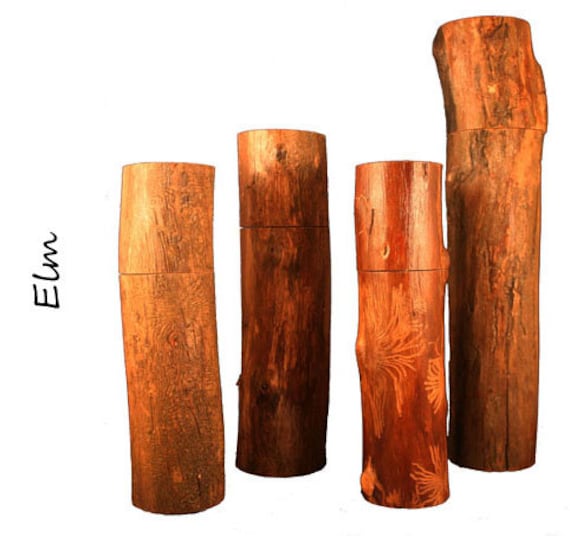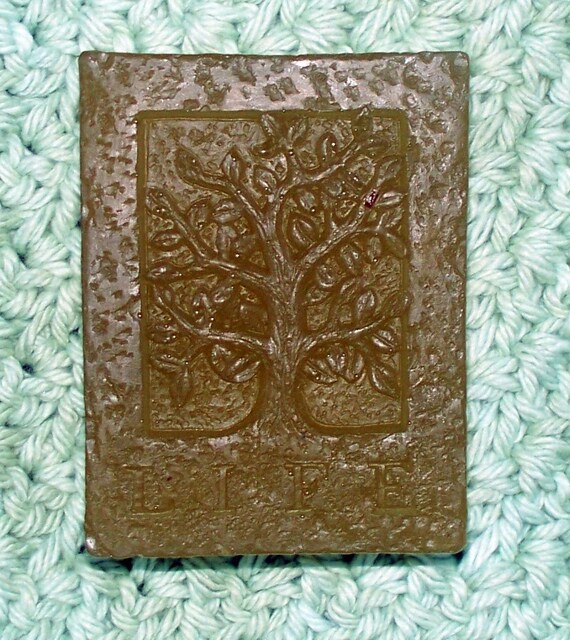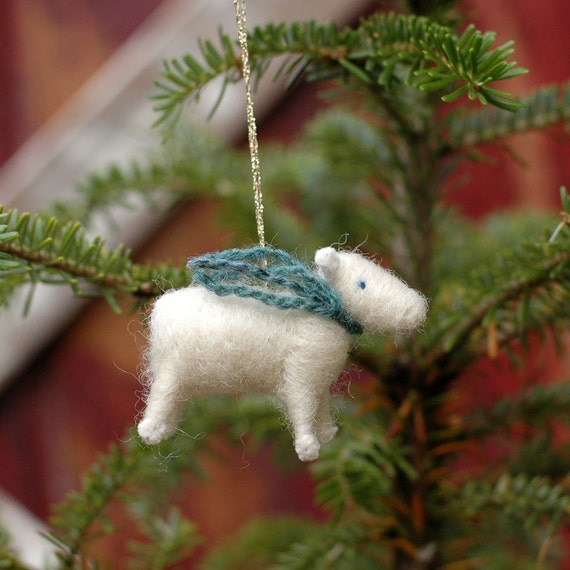A couple of weeks ago I mentioned the
PieceWork Magazine's contest about the Written Word in Knitting. I've been thinking about this a lot. I've also been thinking about my future profession as a teacher, and funny enough, they kind of go hand in hand! You see, I want to be the kind of teacher that has quotes up on the walls. But I want them to be quotes I've gathered, hand selected, quotes that speak to me. Anyone can go to a list of historical quotes and pick and choose. I want these to be quotes I come across in my readings in preparation to become a teacher (kind of wish I had been doing this for years now lol) Well, I came across my first classroom wall quote. I am taking a Latin American History course, and we are reading about the "First Encounters" of Europeans with Native Americans. One of the readings really resonated with me, it was a piece written by Bartolome de las Casas about encounters with the natives, and relations with the Europeans and their Kings. Las Casas was a native sympathizer, who rallied for their rights, and was very frustrated when other colonists thwarted his attempts for their own personal gains. The quote that stuck out to me was this, "You
can see how easy it is to deceive a King, how ruinous to a kingdom it is to
heed misinformation, and how oppression thrives where truth is not allowed a
voice." He wrote this in 1561, and it still resonates today - "how oppression thrives where truth is not allowed a voice".
I copied this into my OneNote notebook a while ago and it has been rattling around my brain ever since. I want to dig in to the culture of the Taino people he was talking about. (He was talking about the conquest of the peoples of Hispaniola, which is now Haiti and the Dominican Republic.) I know at the time that clothing wasn't big, so I can't really replicate any textiles, but I could replicate patterns from their carvings, or pottery maybe, and find out what colors they would use. Depending on the colors and patterns I come up with, I'll try to decide if I want to put this design on a hat, or mittens, or what. He mentions in the writing that the only clothing he saw them wear was a "humble cotton shawl". So that's a thought too.
Then again, trying to be historically accurate as far as the clothing is concerned feels a bit silly. I will be using a quote in English, written by a Spaniard, and using the wool of an animal that never lived on the island Hispaniola...so if you take all those other thoughts into account, does it matter that it's been placed on an item of clothing that would never be necessary in the tropics? Maybe not. :)
 |
| Critters not found in the Carribean! |

















































